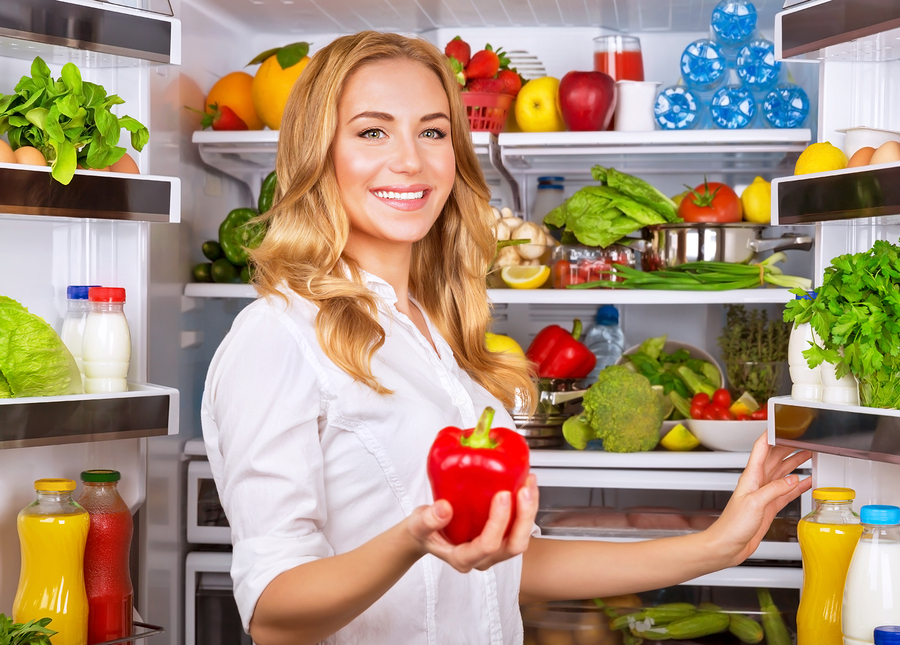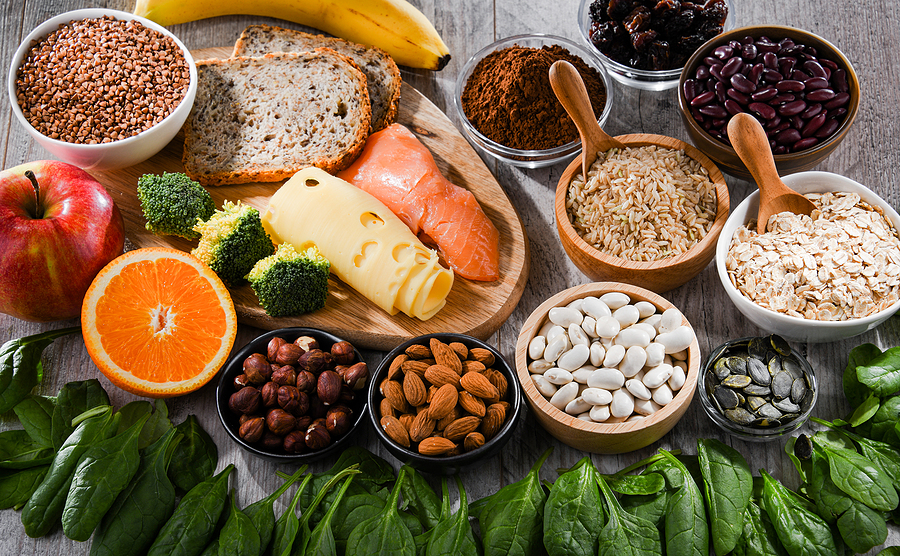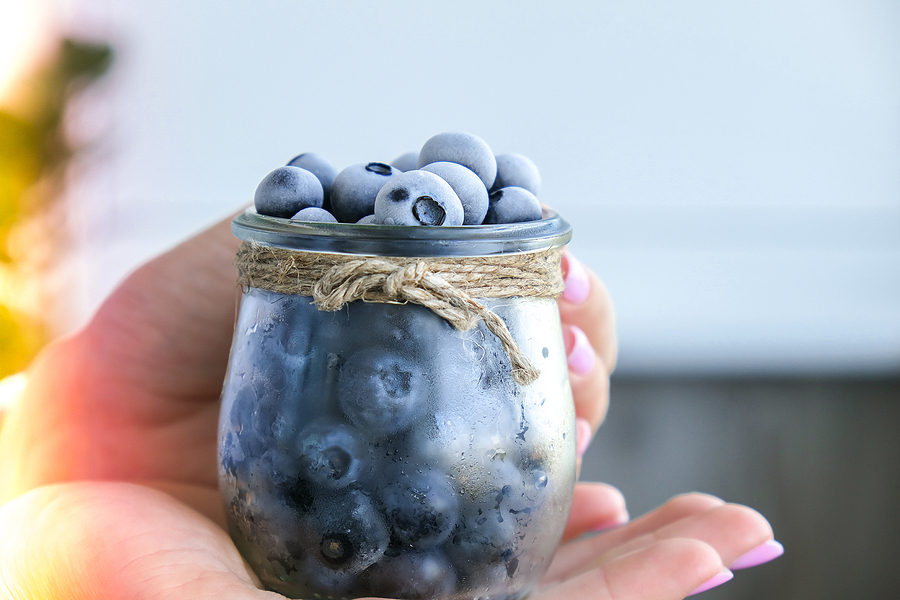Organic? Grass fed? Non GMO? Washed? Non processed? Gluten free? Healthy Fats? Safe packaging?
All of these questions and all you want to do is eat foods that are tasty, nutrient rich, and transported to our stores in a healthy way! Staying informed, it seems, is the only way to do it. But then the media is telling us about spinach and melons contaminated with e-coli, chickens fed with hormones, milk with additives. There’s no time to even think about making choices because we’re so busy filtering the messages!
So many women tell me that it feels overwhelming to decide what to eat. Fish lovers are concerned about mercury and other toxins, fruit and vegetable lovers are concerned about pesticides and packaging. Egg and chicken lovers are concerned about stress and cages…and the list goes on.
While it seems that many women may want to just throw their hands up, more and more women are talking with me about making good choices, informed choices and healthy choices.
Here’s what I tell them:
Take time to enjoy your food! With our mile-a-minute lifestyles, expectation (whether self imposed or not!) to multi-task and increasing responsibilities, we often eat on the run or eat without even knowing it. Slowing down and enjoying your food doesn’t stop you from ingesting the pesticides which may have been sprayed on your vegetables, but it helps by keeping your stress level on an even keel. This will help your body function better – you’ll be able to detox more efficiently and your immune response will stay strong.
Eating is a pretty complex body function. Once food enters our body there are multiple complex functions which take place to insure that our bodies can utilize the nutrients contained in our foods. The digestive process is long and complex and a healthy digestive system is critical to a healthy body! We all have a complement of organisms which live in our bodies which help with metabolism, immune response and digestion. Enhancing the number, type and quality of the microorganisms helps strengthen our systems and protect us from harmful bacteria or toxins which enter our bodies. In many cultures, adding foods like yogurt, kimchee, or kefir to the diet is thought to help longevity. Something to think about, isn’t it?
When possible, know where your food is coming from. When possible, chose fresh instead of canned, local when possible. For most women cultivating a garden isn’t a possibility – shopping at a local farmer’s market might be – or at a grocery store which carries locally grown fruits and vegetables. Many large grocery stores are listening to consumer request and carrying meat and dairy products from local farms. Does yours?
Raise your awareness about the three P’s – pesticides, packaging and preparation. Let’s think about pesticides for a minute – pesticides are designed to kill pests. This means that they are toxic. When you ingest a pesticide, your body’s response system must be working well in order to move this pesticide through your body and out without causing damage. That’s quite a job!
The Environmental Working Group regularly publishes a list of the safest and most heavily pesticide ridden fruits and vegetables. The list is called the Dirty Dozen and can be found on their site ewg.org. If you are unable to purchase fruits and vegetables which haven’t been treated with pesticides or herbicides, here are two suggestions for removing these vegetables.
Veggie spray:
1 tablespoon of baking soda
1 tablespoon of lemon juice
1 cup of water
Put all the ingredients into a spray bottle and shake gently to mix. Be careful because the mix may foam up. Spray on veggies and fruit and allow it to sit for 2-5 minutes, then rinse produce under cold water. Keep the spray refrigerated when not using it. It will stay fresh for about a week.
Veggie soak:
Fill a clean sink or bowl with water. Add ½–1 cup of white vinegar and 1 tablespoon of salt. Swish the mixture around with your hands. Allow your produce to soak for 20 minutes, then rinse well.
Packaging – beware of fruits and vegetables packaged in plastic. The off gases from the plastic packaging can deplete the nutrients in the food as well as add toxins.
Preparation – lightly steaming your vegetables is the best way to maintain nutrients! Microwaves and plastics add potentially harmful toxins to these foods. Toxins which can cause havoc in a body struggling to stay in balance.
Seafood
Seafood is known to be high in omega-3 fatty acids and low in saturated fats and a great choice for a lean protein! So, why now, do we have to think carefully about seafood choices? High levels of mercury, the regulations within the fishing industry , storm water runoff, fish farming practices and the addition of PCB into the lakes, oceans and rivers are all complexities.
Most of us have heard about the dangers of high mercury levels in fish. Mercury binds to protein so it can be found throughout fish tissue. Smaller fish have less mercury and those species that feed of the bottom of the ocean have less as well. Sardines and catfish are better choices than sea bass and swordfish for example. Canned tuna has long been a favorite in the American diet. Here, too, there are choices to make. White tuna – albacore – is much larger in size than the smaller skipjack tuna – marketed as chuck light. The larger albacore tuna is more heavily contaminated because the larger fish consumes the smaller fish and the contaminants quickly build.
Shrimp can be one of your best choices for seafood! The best choices are Oregon pink shrimp, US farmed shrimp and prawns from Canada. Unfortunately most of the shrimp eaten in the US is imported from countries where environmental regulations aren’t as stringent as the regulations here in the United States.
Antioxidants get an A – keep them right at the top of your list!
Fruits and vegetables contain antioxidants which protect us from free radicals which can damage cells and lead to disease. Adding antioxidants to your diet will not only help you rid your body of toxins, like harmful heavy metals or chemicals we ingest, but will also help keep your immune system strong. Sulfides are a group of antioxidants found in onions, scallions, collards, bok choy, cabbage, broccoli and scallions. Sulfides enhance our ability to detox harmful toxins in the body, lessening the burden on our hard working systems!
Stir-frys and soups are an easy way to get a plethora of these great vegetables on your plate at the same time. Be creative and find a way that works for you! The benefit to your overall and long term health is worth it!








